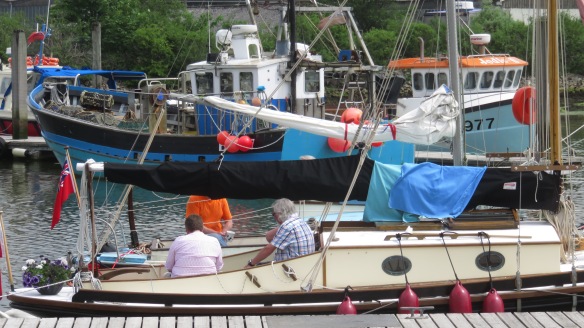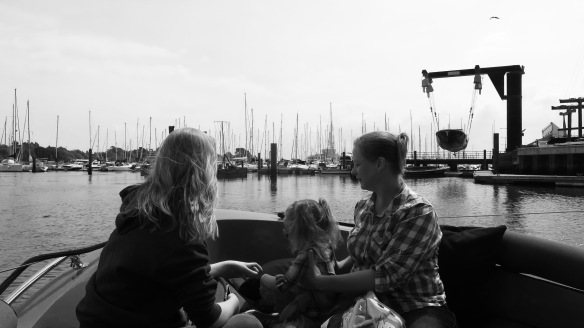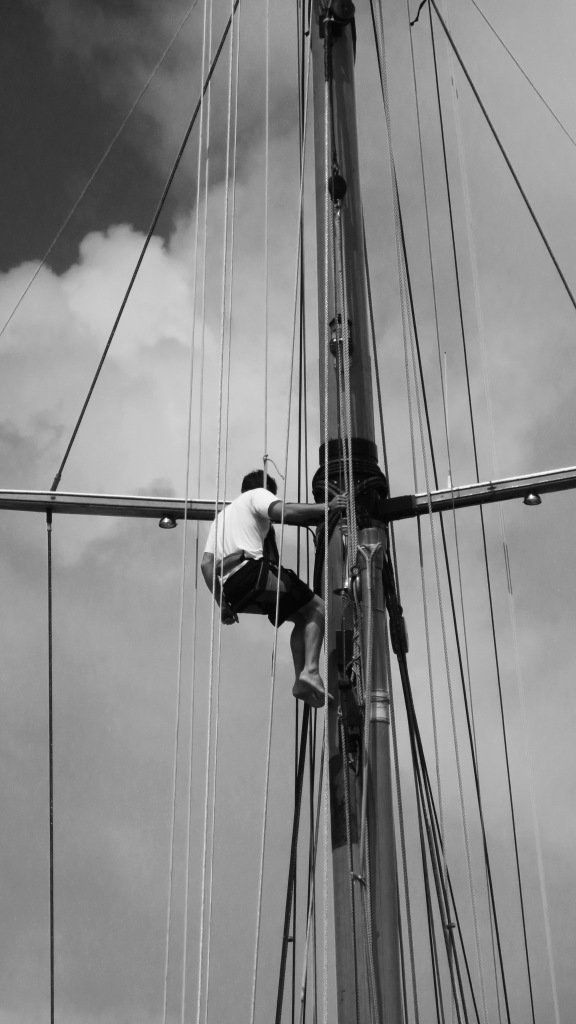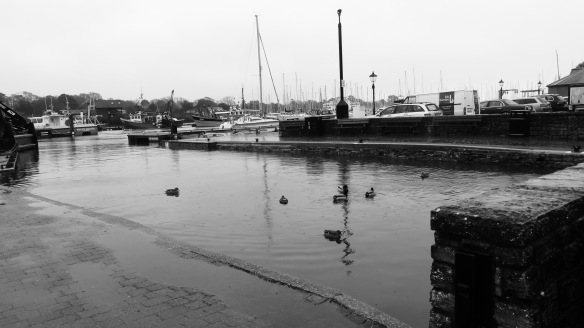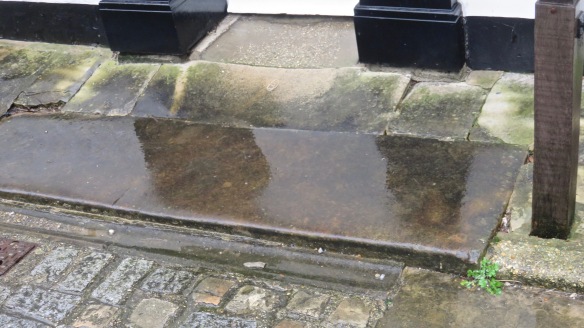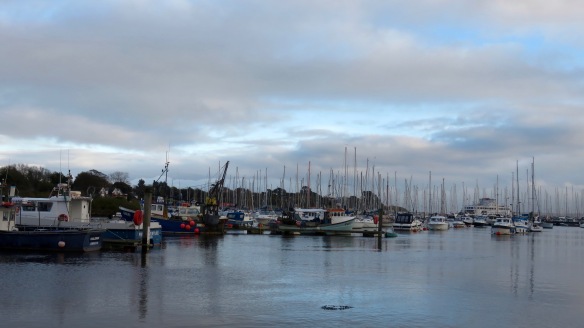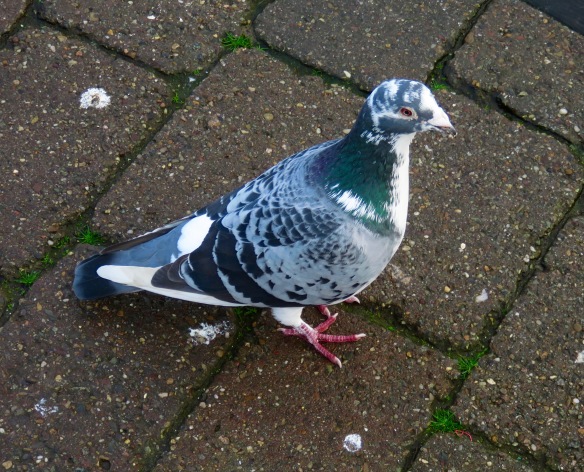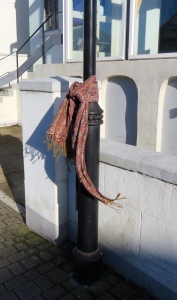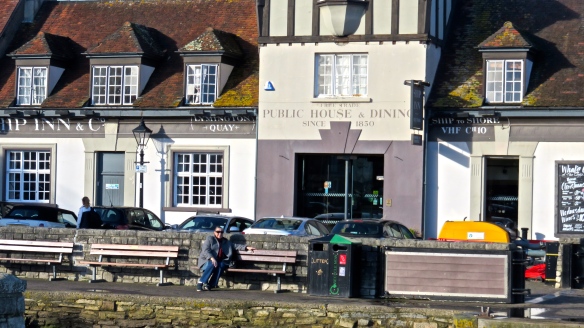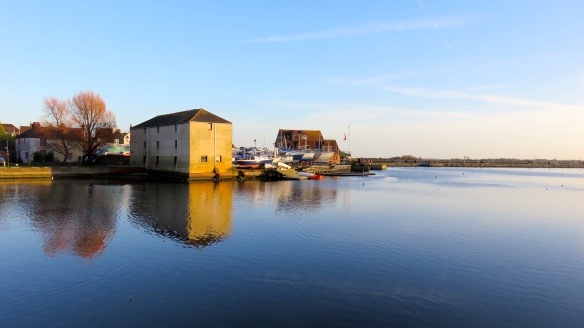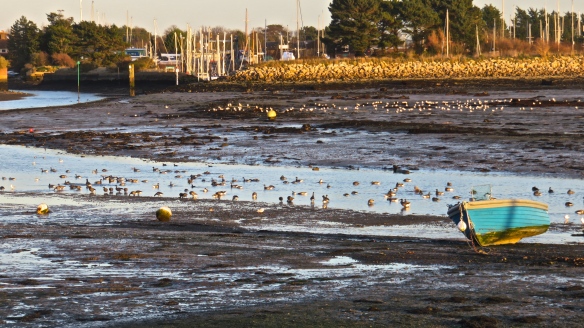CLICK ON GROUPED IMAGES TO ACCESS ENLARGED GALLERIES
This morning I printed a batch of sample photographs from which Raj at Lal Quilla can make a selection for his wall.
These have all featured on previous posts.
At lunchtime Jackie drove us over to Shelly and Ron’s home in Walkford for the annual wreath-laying on Mum Rivett’s plot in the Woodland Burial Ground.

Jackie’s nephew Anthony joined me and the three sisters who laid the wreath. The temperature was cold and it rained throughout.
Afterwards we repaired to Shelly and Ron’s home, where we all spent a pleasant afternoon and early evening, together with the other two husbands. Shelly produced a wonderfully cooked dinner of roast turkey, stuffing, roast potatoes and parsnips, red cabbage, Brussels sprouts with chestnuts, and carrots. I’m bound to have missed something here. This was followed by excellent blackberry and apple crumble with custard; and Helen’s superb trifle and cream made using some of Rachel and Gareth’s wedding cake. Red and white wines were enjoyed, after Ron’s mulled wine.
After the meal we were treated to Ron’s video of the above-mentioned wedding and a cultural trivial pursuits quiz, some of which, between us, we answered correctly.




